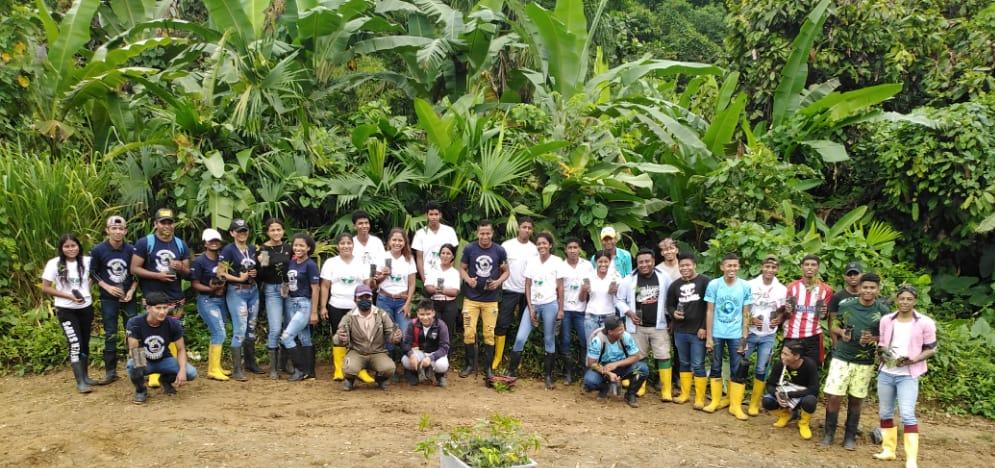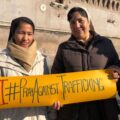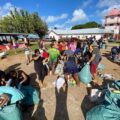
Workshop
Ecuador. What if the mangroves disappeared?
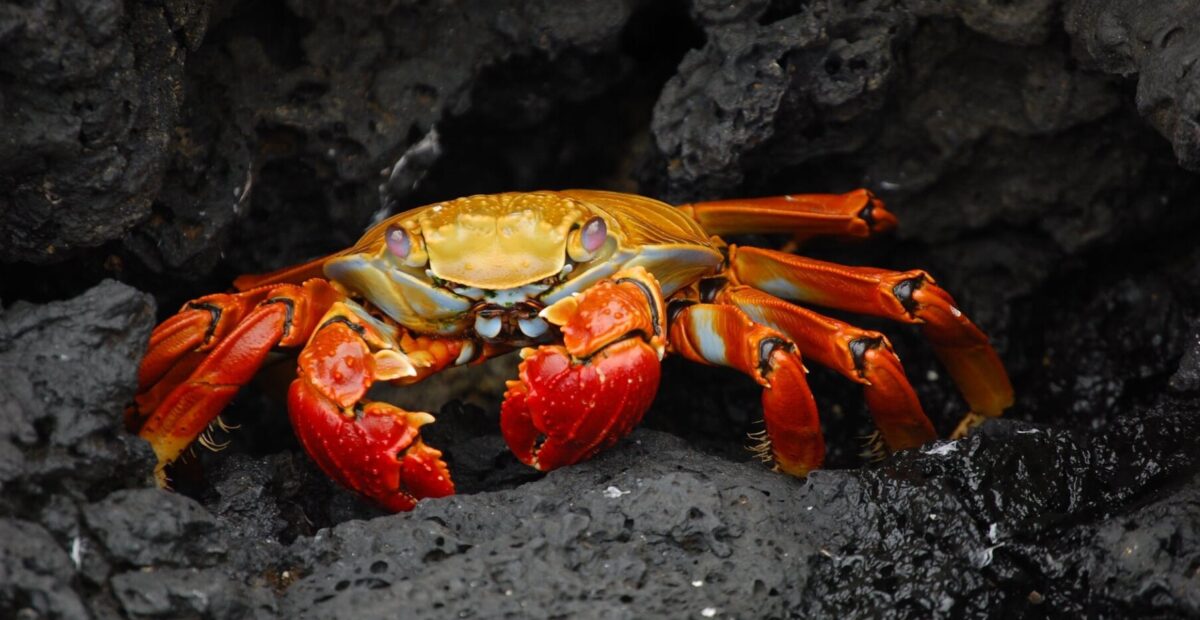
“A habitat destroyed, burned, under attack by refuse and pesticides. That’s what the mongroves are becoming here. We’d like to help our land and our people.”
So says 49 year-old Sirangelo, born in Brazil, but now Ecuadorian by adoption. He lives in the Province of Esmeraldas, an Afro-Ecuadorian region in the north of Ecuador known as the Green Province. Tropical climate, dream beaches, rich biodiversity. It is mostly the presence of mangroves that creates such a unique natural habitat that is now in danger, because of human action.
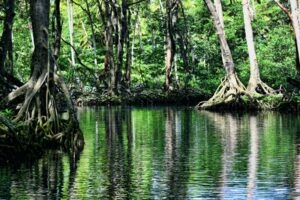
Mangroves are plant formations consisting of huge roots that are periodically covered by the tides. This allows for the creation of an extremely unique habitat, rich in animal and plant life that is impossible to find elsewhere, such as some species of native crabs and mollusks.
“The crabs and shells are at risk of extinction here, explains Sirangelo, “many specimens are killed by the garbage thrown into the sea. Still others are replaced by the intensive cultivation of shrimp, which are then exported by large companies. Previously, the elderly lived on fishing for these native animals, but young people today can no longer do it. Not finding other jobs in these very poor areas, many of them leave.”
Then, at an environmental level, mangroves perform very important functions which are likely to fail: they protect the coasts from erosion caused by the oceans and absorb huge quantities of carbon dioxide.
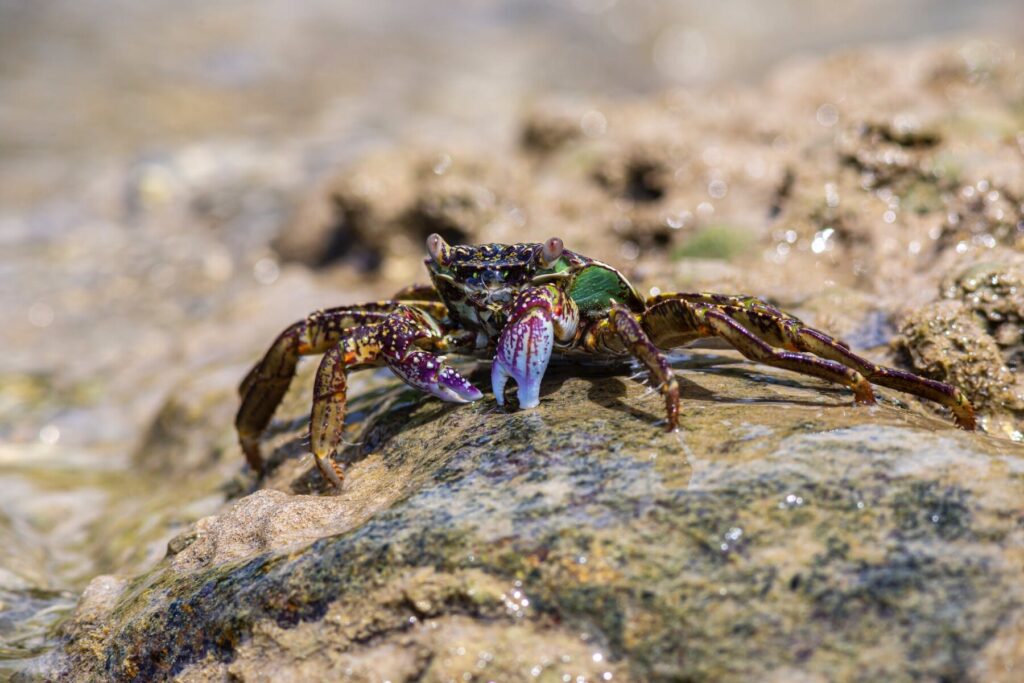
But let’s go back to Sirangelo. This man is not in the Province of Esmeraldas by chance. He moved there in 2016, when the area was hit hard by an earthquake. Thanks to Action for a United World (AMU) and 2 other NGOs, the Sunrise Project was begun, and Sirangelo is responsible for it. The project brought assistance to three villages destroyed by the earthquake: Salima, 10 August, and Macará, whose inhabitants are still grateful for everything they received.
In recent years there have been projects for the reconstruction of buildings and other structures, but also for the economic and social fabric of the community. Vocational classes, new work sites, a well as drinking water, which was previously lacking, vegetable gardens and pig sales. These were the main activities that Sunrise has helped to develop. Sirangelo explains: “We are aware that we are not completely resolving the situations of these villages, which are still very poor, but we do what we can for the people, working side by side with them. It would not have made sense to come here with ready-made plans. We listened to their needs and worked with them, because they are the real protagonists.”
From 2016 until today, however, the challenges have grown. After the earthquake emergency, new ones are looming: the challenge of the climate and the young people. The Province of Esmeraldas, beautiful on the one hand, is losing its rich biodiversity that is supported by the tropical climate. As if that weren’t enough, it is also exploited by drug trafficking, which makes young people easy victims of the drug trade. This is why Sunrise Plus was born 5 years after Sunrise had begun. This is a new project that combines two needs: on the one hand, protection of the environment, and above all the mangroves which are at risk of being destroyed; on the other hand, offering young people new opportunities, which also acts as a form of prevention of disorientation and the risk of falling victim to crime.
Such as? “In concrete terms,” Sirangelo says, “we see ecology as an opportunity for integral human development. We help the young people to open new businesses and have launched several days of cleaning and reforestation of the mangrove area with the participation of about 400 young people. We now meet regularly to cleanse and raise awareness among the whole community. The activity started with young people, but now we want to involve everyone.”
The Ministry of Environmental Protection in Ecuador heard about this mangrove preservation activity, and is now collaborating with Sunrise +, along with 4 other NGOs.
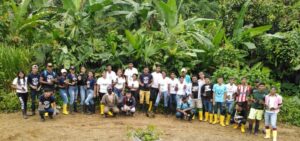
It was the young people themselves who said how they would like to design Sunrise Plus, using the 6X1 Method: 6 Steps for 1 goal. Observe the context and the problems; brainstorm possible solutions; involve; act; evaluate work progress; celebrate. And do it all in the pursuit of greater peace.
“We’re very happy,” Sirangelo consludes. “Our goal is to be alongside the population. Today it is especially young people who ask us for help, and we try to be there for and with them. They love their land but are often forced to leave it. We want to help them to stay, finding new opportunities, starting with preserving the natural wealth. Thanks to them, a change of mentality is being triggered for the preservation of our planet, which is our common home.”







